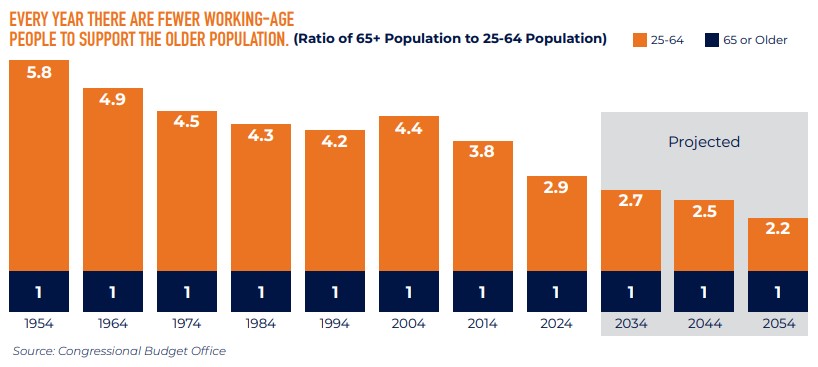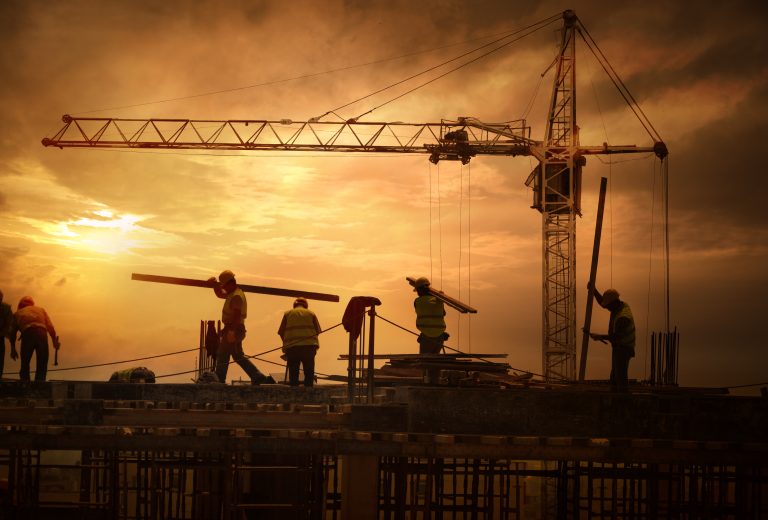By Rebekah Morris for AZBEX
Last month, an Arizona Town Hall was held at the Rio Salado Conference Center. Roughly 150 attendees across government, unions, nonprofits, career and technical education, higher education and construction companies came together to identify gaps in attracting workers to the construction industry and brainstorm ideas on how to overcome the challenges.
Sponsored by Sundt Construction, in collaboration with the Arizona Registrar of Contractors, Arizona Department of Transportation, Arizona Office of Economic Opportunity and Maricopa Community Colleges, the event kicked off with a panel discussion by leaders in the space discussing the forces impacting Arizona’s construction workforce and what is being done to increase the talent pipeline.
Panelists included:
- Tom Cole, Director, AZ ROC;
- Mary Foote, Director, AOEO, and
- Teresa Welborn, COO and Deputy Director, ADOT.
The moderator was Matt Meaker, VP and Assistant General Counsel-Government Relations, Sundt Construction.
The need for workers in the construction industry is well-documented and has been in the headlines for decades. According to Foote, recent estimates indicate Arizona construction will need an additional 20,000 workers by 2030. Foote went on to highlight the Governor’s efforts to attract workers through BuildItAZ, with more than $3.6M available to invest in construction workforce development.
Welborn also focused on existing programs within ADOT, specifically the on-the-job training, programs to increase the number of commercial driver’s license workers, as well as ADOT’s partnership with the three State universities. She went on to say the goal of ADOT is to “promote (the trades) as a viable and first-choice career path, not a fallback.”
Cole described ROC’s goals as including “modernizing the training to meet current and future needs of the industry,” and to “teach to where they start.” He went on to explain a couple of the challenges of hiring in the construction industry include getting workers to show up, also stating that new hires often cannot pass a drug test.
During the Town Hall portion of the event, each table had the opportunity to discuss specific questions, then bring them to the entire room.

Current State & Challenges of Attracting Workers to Arizona Construction
While much has been said and written about the challenges of attracting workers to the construction industry, the major factors deserve repeating.
- Perception of the skilled trades as a “fallback” or “second-choice” career path. While every generation wants their kids to exceed them in prosperity, that has led to a generation of parents and educators who view the skilled trades as a “less than” career choice. Decades later, the industry is faced with shortages of available workers due to this pushing of college as the first/best choice for all.
- Awareness – when educators and parents push college as the first choice, many kids are not exposed to the skilled trades at all.
- Immigration Policies – Immigrant workers have always been a big part of the construction workforce. Policies that do not provide a path to legal work status are reducing the available talent for construction workers.
- Lack of Trainers/Instructors with Adequate Pay – Training future construction workers is a specialty. Most instructors in high school or technical education are not paid well, and they will often choose to work in private industry for the higher pay.
- High School Counselors Stretched Too Thin – High school counselors are often a key entry point to exposing kids to the trades. But despite industry’s efforts to reach out to them, they are often stretched too thin and do not engage with industry.
- Heat – Working construction in Arizona during the summer months is tough and deters workers from entering the trades.
- Drug Testing – New hire drug testing is a significant hurdle to recruiting workers, especially in states where recreational marijuana use is legal, such as Arizona. Construction work, by definition, includes the use of heavy machinery and equipment, neither of which is safe to use if under the influence of drugs or alcohol.
- Work Ethic of Available Talent – Construction companies also note that the work ethic of employees entering the industry has declined. Getting workers to show up on time consistently is a hurdle.

What’s Next for Current Programs & Initiatives to Attract Workers
The State and industry have long been focused on increasing the available workforce for construction. While individual programs are far too numerous to list here, many groups are tackling the worker shortage head-on. These include government programs at the State level, colleges—both State universities and community colleges—unions, non-union initiatives and non-profits, trade associations, private firms, CTE programs, trade associations and social services.
While every program and initiative fills a specific need, there appears to be a lack of overarching coordination and cooperation between them all. Townhall participants pointed out the State is likely the best organizer of the individual programs. There is no one-stop shop for workers who are interested in exploring the industry.
One attendee went so far as to use the example of a chef as an example saying, “Chefs used to be the worst job in the world, until Wolfgang Puck came along.” Many agreed, saying the construction industry needs a similar celebrity-style influencer to start making it cool to be in the trades.
Participants also pointed toward a lack of funding: specifically for instructors and trainers of skilled trades. Some programs are working toward attracting trainers from recently retired or retiring tradespeople, or having industry contribute a layer of pay on top of what the school district can offer.
Solving a problem that has been decades in the making is not going to be fast or easy. While it is encouraging to see so many come together to discuss how to solve the worker shortage, it is also an ongoing first step that has been repeated across multiple forums. The next steps, taken with coordination between stakeholders and with an eye on the intended destination, are the ones that can further deliver impactful change and improvement to conditions that are becoming increasingly dire.

